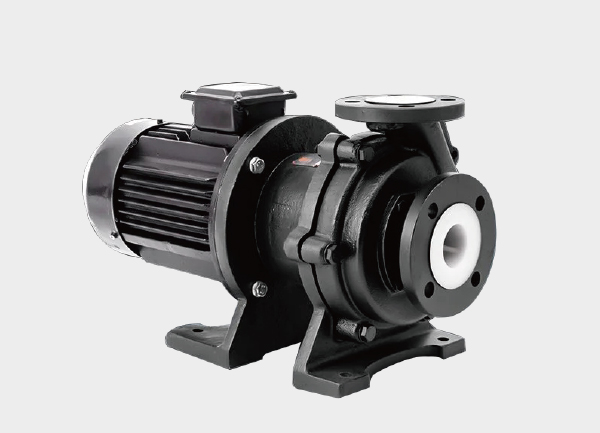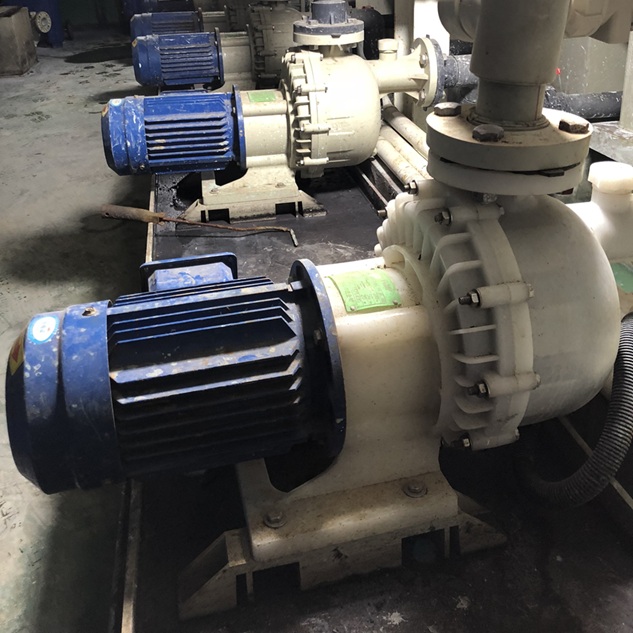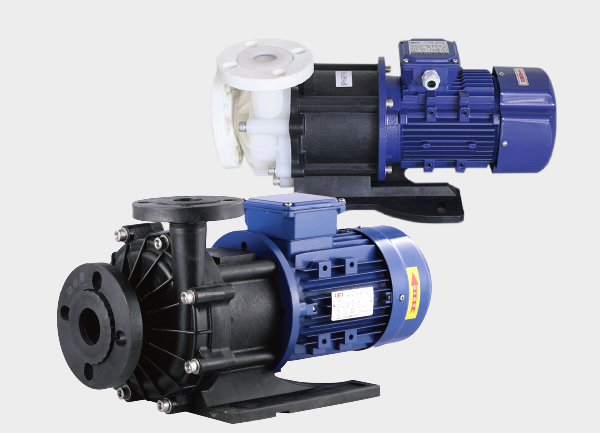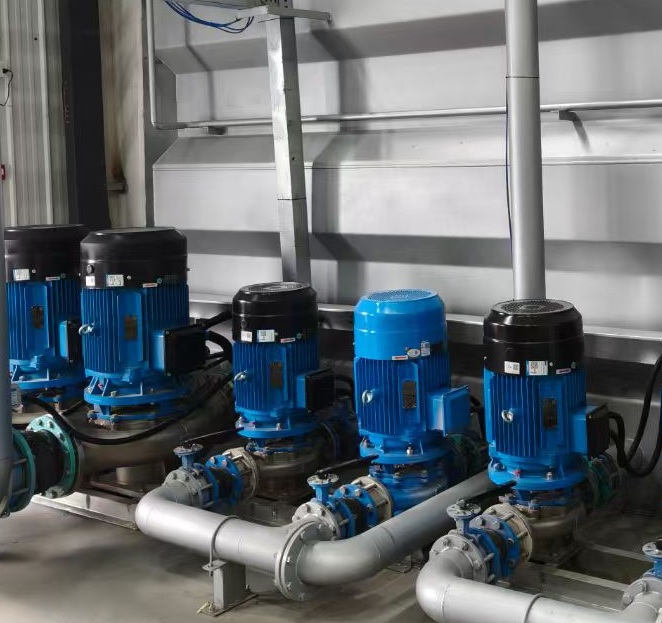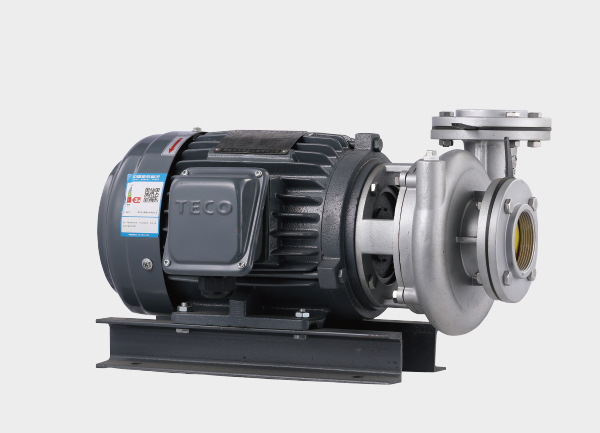A stainless steel centrifugal pump is a centrifugal fluid transfer device made primarily of stainless steel. Its excellent corrosion resistance, efficiency, and reliability make it widely used in chemical, food, pharmaceutical, environmental, and other industries. The following sections provide a detailed overview from multiple dimensions.
1. Core Working Principle
A stainless steel centrifugal pump operates by using an electric motor to drive the impeller at high speed. The impeller flings liquid from the center to the periphery under centrifugal force, creating high-velocity fluid. The liquid’s movement generates a vacuum at the impeller eye, allowing continuous inflow under atmospheric pressure, achieving steady fluid transfer.
Impeller design—closed, semi-open, or open—directly affects pump performance:
Closed impeller: High efficiency, suitable for clean liquids.
Open impeller: Can handle liquids with small amounts of suspended solids.
2. Structural Design and Material Selection
2.1 Key Components
Impeller: Precision cast or stamped stainless steel. Closed impellers have smooth channels with 70%-85% efficiency; semi-open impellers handle liquids with minor impurities.
Pump body & casing: Volute structure optimizes fluid flow and reduces resistance. Some models allow flexible inlet/outlet orientation to save installation space.
Sealing system: Standard mechanical seals (e.g., silicon carbide or ceramic) ensure leak-free operation. For high-temperature or highly corrosive liquids, dual mechanical seals with cooling flush are available.
Shaft & bearings: Stainless steel shaft provides rigidity; paired with low-noise rolling bearings for stable, long-lasting operation.
2.2 Material Classification and Applications
304 Stainless Steel: Resistant to mild acids/alkalis (e.g., citric acid in food processing); ideal for drinking water and HVAC circulation.
316/316L Stainless Steel: Molybdenum-enhanced for superior chloride corrosion resistance; widely used in chemical and seawater applications.
Duplex Stainless Steel (e.g., 2205): High strength and resistance to stress corrosion cracking; suitable for acidic media in petrochemical processes.
904L Stainless Steel: Resistant to strong oxidizing acids (e.g., sulfuric acid); used in extreme corrosion conditions.
3. Performance Features and Advantages
Excellent corrosion resistance: Stainless steel resists acids, alkalis, and salts, preventing metal ion contamination and meeting hygienic standards for food and pharmaceuticals.
High efficiency & energy-saving: Optimized impeller and pump body design can increase efficiency by 5%-10%; variable frequency control reduces energy consumption by over 30%.
Low maintenance cost: Compact structure, long-lasting mechanical seals (>8,000 hours), and adjustable impeller allow easy performance tuning.
Wide adaptability: Flow rates from 0.5–2000 m³/h, head up to 200 m, operating temperatures from -20°C to +150°C.
Stable and reliable operation: High shaft-motor alignment, vibration ≤5.0 mm/s, noise <85 dB, suitable for continuous operation.
4. Typical Applications
Chemical industry: Transfer of corrosive media such as sulfuric acid, caustic soda, and organic solvents; used in reactor circulation and electroplating.
Food & beverage: Handling milk, juice, syrup, and other sanitary liquids; compliant with GMP standards to avoid metal contamination.
Pharmaceutical manufacturing: Transfer of high-purity intermediates and bioproducts; typically 316L material with mirror polishing.
Environmental & water treatment: Acid-alkali neutralization, RO system boosting, and seawater pretreatment.
Energy & power: Boiler feedwater, cooling water circulation, and crude oil transport in petroleum refining.
5. Models and Selection Guidelines
5.1 Common Models
ISG Horizontal Pipeline Pump: Compact, directly installed in pipelines, suitable for clean and mildly corrosive liquids, temperature ≤80°C.
IH Chemical Pump: ISO 2858 standard; supports mechanical or packing seals, suitable for -20°C to +120°C corrosive media.
FZ/FT Centrifugal Pump: Closed impeller, strong fluid passage, widely used in environmental protection and electroplating.
ZS Sanitary Pump: All stainless steel welded structure, surface Ra ≤0.8μm, ideal for food and pharmaceuticals.
5.2 Selection Parameters
Flow rate (Q): Based on system demand (m³/h or L/min).
Head (H): Must overcome pipeline resistance, elevation, and system backpressure (m).
Fluid characteristics: Corrosiveness, viscosity, and particulate content determine material and impeller type.
Temperature & pressure: High-temperature systems require heat-resistant seals; high-pressure systems require reinforced pump bodies.
Installation conditions: Space limitations and inlet/outlet direction affect pump structure choice (horizontal/vertical).
6. Installation and Maintenance Recommendations
6.1 Installation Tips
Foundation: Ensure level, strong base; anchor bolts must prevent vibration.
Piping: Support inlet/outlet pipes independently to avoid stress on the pump; keep suction line short and with minimal bends to prevent cavitation.
Electrical: Comply with explosion-proof standards if required, and ensure proper grounding.
6.2 Routine Maintenance
Regular inspection: Check seals weekly for leaks; monitor bearing temperature (≤70°C) and vibration.
Lubrication & cooling: Re-lubricate bearings every 2,000 hours; keep mechanical seal cooling clear.
Impeller cleaning: For media with impurities, remove and clean impeller quarterly to prevent clogging.
Material protection: During long shutdowns, drain liquid and passivate wet components to avoid rust.
7. Summary
Stainless steel centrifugal pumps combine material advantages with structural innovation, making them core equipment for industrial fluid transfer. Proper selection, correct installation, and scientific maintenance are key to ensuring high efficiency. These pumps remain indispensable for industries requiring reliable, corrosion-resistant, and versatile fluid handling solutions.



